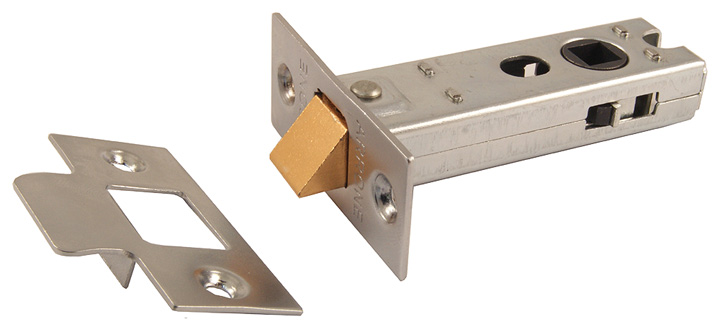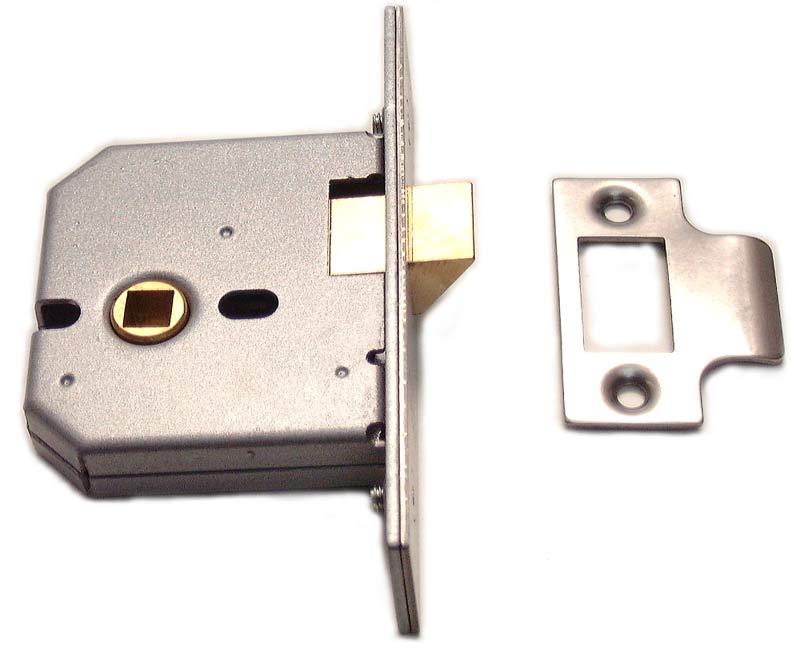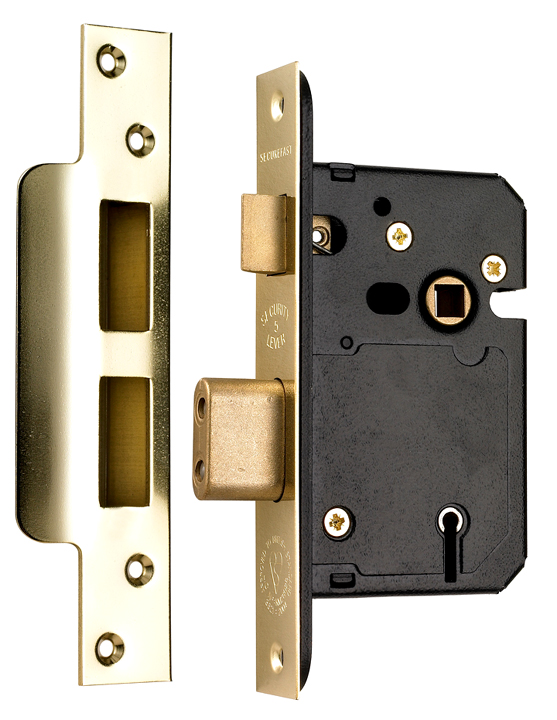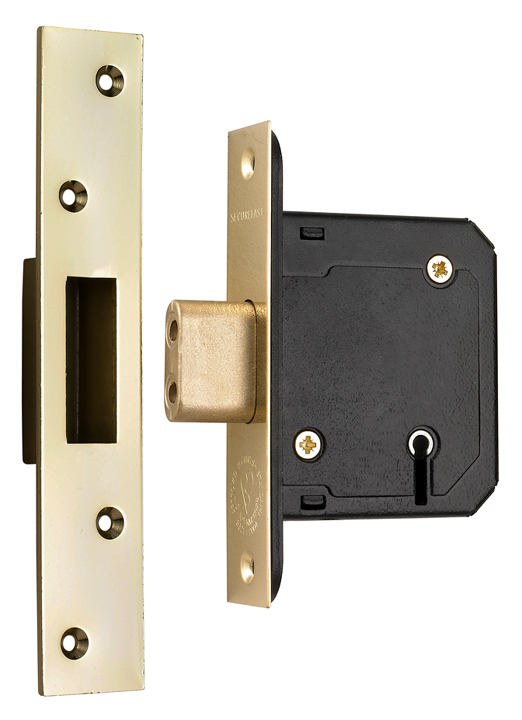Door Furniture Locks and Latches
Click here to view our range of Locks and Latches
Q. I am using handles with no key hole, what lock should I use?
A. Then you must be using latch furniture. As there is no key hole in the back plate of the furniture it is not actually a lock that you need but a "mortice latch". These are available in various lengths and finishes and normally have a tubular body although square types are available, usually when extra spring strength is required.


Q. I am using handles with a key hole, what type of lock do I need?
A. Then you must be using lock furniture. These types of handles require the use of a "mortice sashlock". This is a lock which is mortised into the edge of the door and features both a latch and a deadbolt. The latch is operated by depressing the levers on the handles and the deadbolt is operated by turning the key. They are available in various widths and finishes.

Q. I have a door without any handles, what lock should I use?
A. Then this is probably your front door. In this situation you would use a "mortice deadlock". This lock features a deadbolt only which is operated by turning the key. They are available in different widths and finishes. These locks are usually used in conjunction with a nightlatch and a cylinder pull.

Q. Are there different types of mortice locks and latches available? Will they all fit my handles?
A. Yes there are many different types of mortice locks and latches available. Types will vary from different manufacturers. The only thing all sashlocks must have in common irrespective of manufacturer, is the distance between the spindle hole and key hole. These dimensions are covered by British Standard BS5872 which allows you to choose any type of handles secure in the knowledge that they will fit any type of lock. (There are some special application locks which use unique handles but these are rare)
Q. Are there different levels of security available in mortice locks?
A. Yes, security in mortice locks is usually determined by the number of levers in the lock - these range from two, three or five levers and more. The higher the number of levers, the greater the security. The levers achieve security by the number of key differs they allow. For example: A three lever lock will usually not allow more than 100 key differs, whereas a five lever lock will allow a minimum of 1000 differs.
Q. My insurance company says I must have an "insurance rated" lock on my front and back doors. What does this mean?
A. External doors should always have a mortice lock which is certified to British Standard BS3621. This standard ensures the lock has the minimum amount of security required to protect your home from intrusion. The locks that have passed this standard have been put through various tests and have extra features which improve the level of security obtained.
DISCLAIMER: Door Furniture Direct makes every effort to ensure that the information contained in our FAQs is correct and accurate. We can however accept no responsibility for any errors or omissions or their subsequent effects. Indeed if you find any please let us know, we appreciate any advice or comments to improve these pages.
